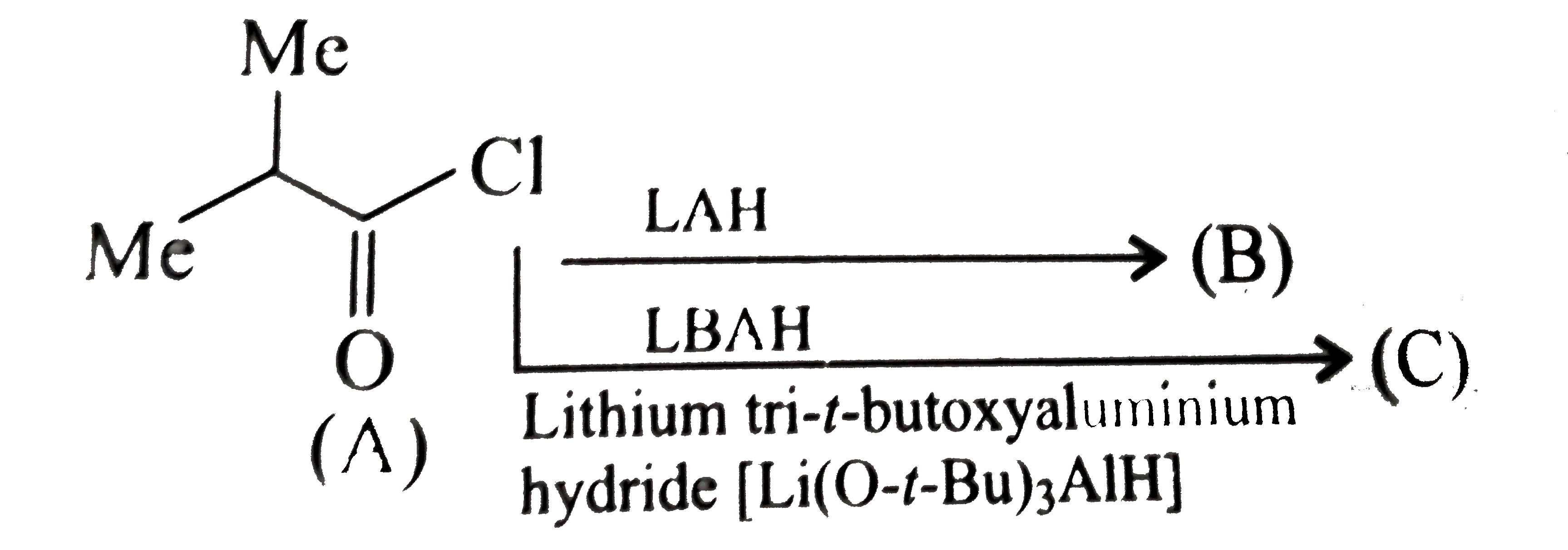Which of the following statement is not correct about SN2 reactions of alkyl halides?
Nucleophile attacks the carbon from the side opposite to where the leaving group is attached.
The bond formation and bond breaking take place in one step.
The rate of reaction depends upon the concentration of nucleophile.
SN2 mechanism is predominant in tertiary alkyl halides.
The correct Answer is:D
Step by step video, text & image solution for Which of the following statement is not correct about SN^2 reactions of alkyl halides? by Chemistry experts to help you in doubts & scoring excellent marks in Class 12 exams.
Updated on:21/07/2023Topper's Solved these Questions
- HALOALKANES AND HALOARENESBOOK - NCERT FINGERTIPSCHAPTER - HALOALKANES AND HALOARENESEXERCISE - Polyhalogen Compounds
6 Videos
- HALOALKANES AND HALOARENESBOOK - NCERT FINGERTIPSCHAPTER - HALOALKANES AND HALOARENESEXERCISE - Higher Order Thinking Skills
8 Videos
- HALOALKANES AND HALOARENESBOOK - NCERT FINGERTIPSCHAPTER - HALOALKANES AND HALOARENESEXERCISE - Physical Properties
7 Videos
- GENERAL PRINCIPLES AND PROCESSES OF ISOLATION OF ELEMENTSBOOK - NCERT FINGERTIPSCHAPTER - GENERAL PRINCIPLES AND PROCESSES OF ISOLATION OF ELEMENTSEXERCISE - Assertion And Reason
15 Videos
- POLYMERS BOOK - NCERT FINGERTIPSCHAPTER - POLYMERS EXERCISE - Assertion And Reason
15 Videos
Similar Questions
Knowledge Check
Which of the following statement is not correct about order of a reaction ?
AThe order of a reaction can be a fractional numberBOrder of a reactions is experimentally determined quantityCThe order of a reaction is always equal to the sum of the stoichiometric coefficient of reactions in the balanced chemical requation for a reaction.DThe order of a reaction in the sum of the powers of molar concentration of the reactants in rate law expression.Which of the following statement is not correct about order of a reaction ?
AThe order of a reaction can be a fractional number.BOrder of a reaction is experimentally determined quantity.CThe order of a reaction is always equal to the sum of the stoichiometric coefficients of reactants in the balanced chemical equation for a reaction.DThe order of a reaction is the sum of the powers of molar concentration of the reactants in the rate law expression.Which of the following statements are correct about this reaction ?
AThe given reaction follows SN2 mechanism.B(ii) and (iv) have opposite configuration.C(ii) and (iv) have same configuration.DThe given reaction follows SN2 mechanism.
Which of the following statements is correct about the following reactions ?
 .
.
View SolutionSN1 reaction of alkyl halides leads to
View SolutionWhich of the following statement is false regarding SN2 reaction shown by alkyl halides ?
View SolutionWhich of the following statements are correct about the following reaction

View SolutionWhich of the following statements are correct about the following reaction ?

View Solution
